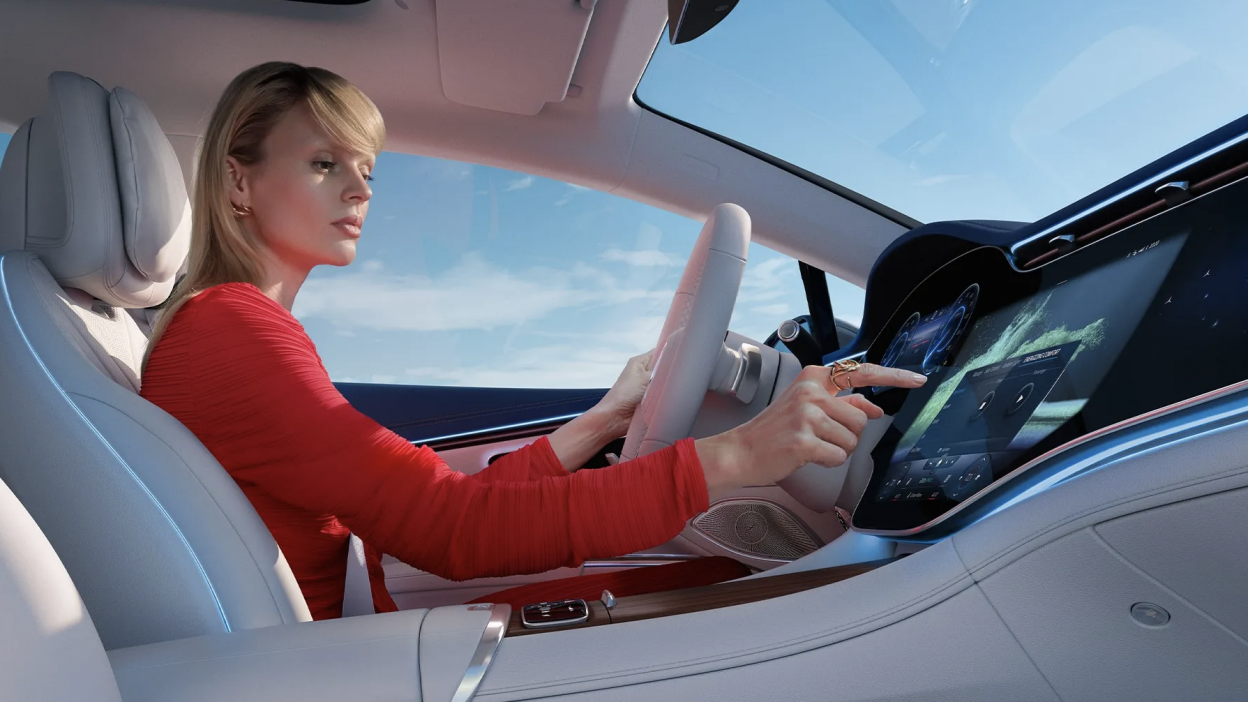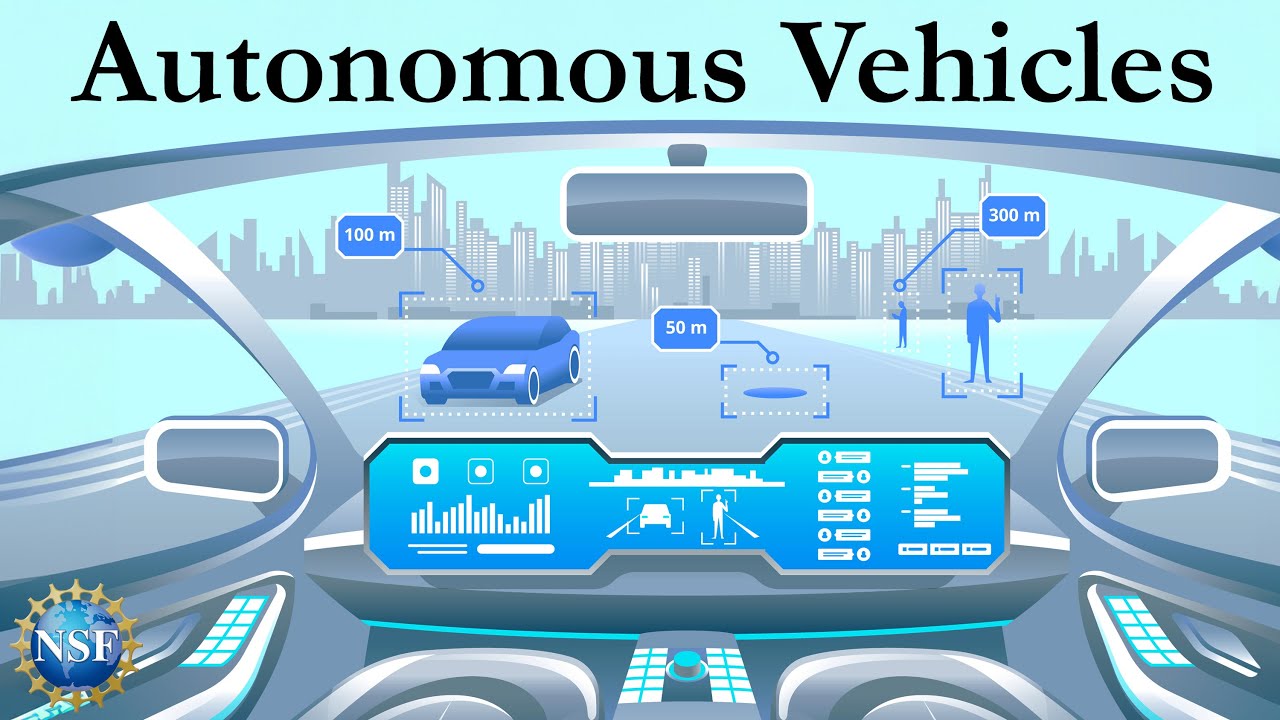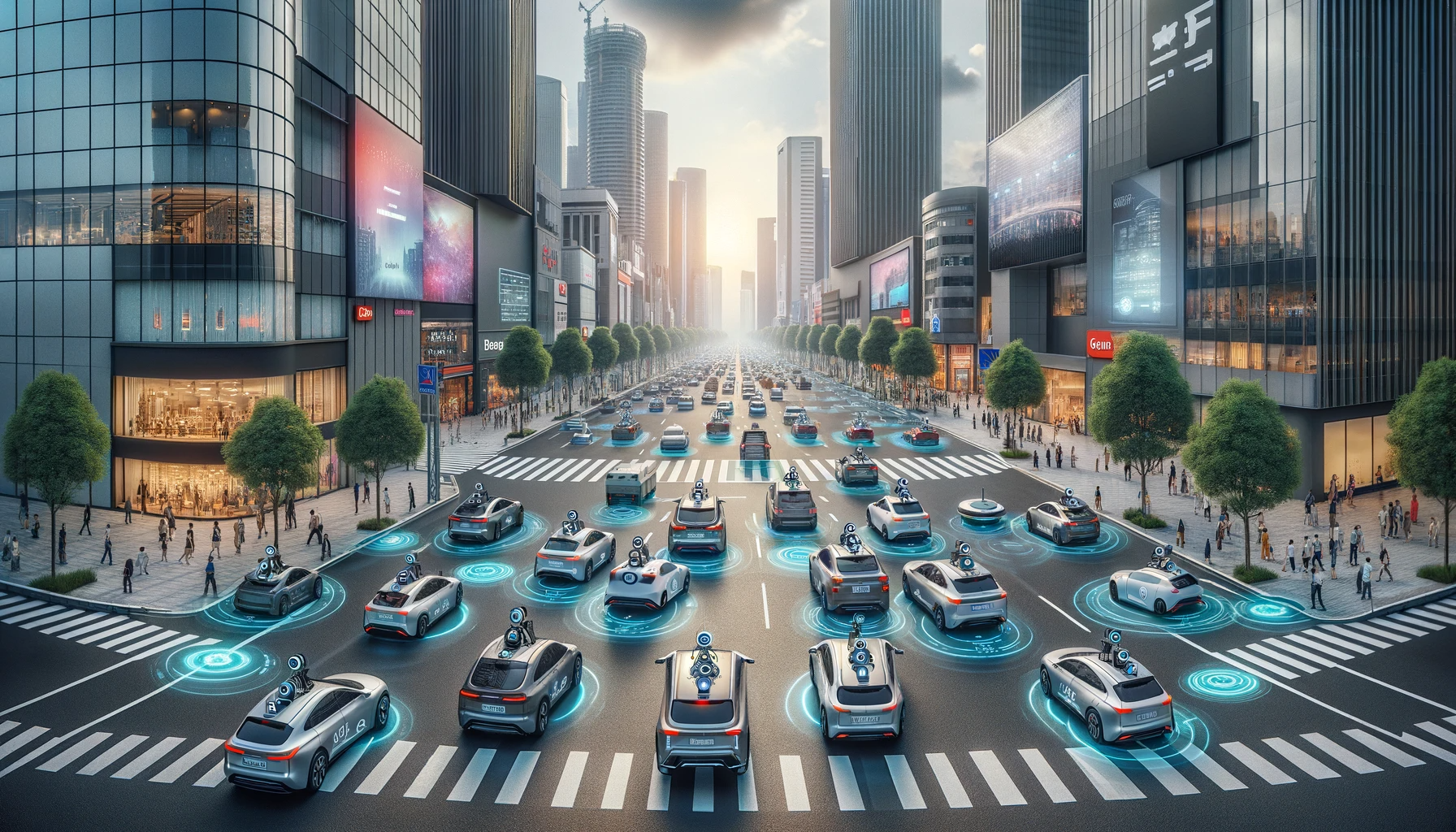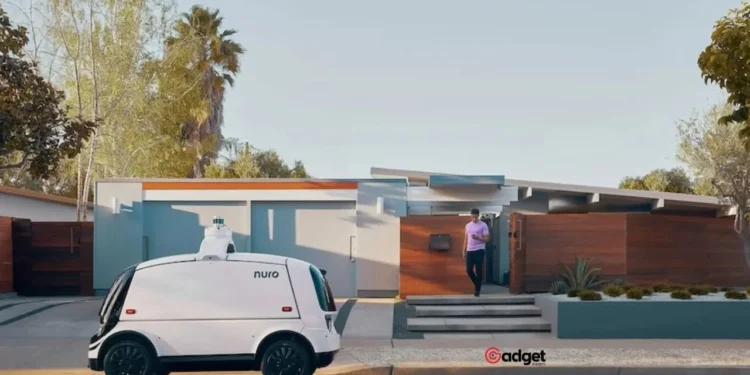In an era where technology surges ahead at an unprecedented pace, autonomous vehicles (AVs) have emerged as a beacon of future transportation. Companies like Amazon’s Zoox, GM’s Cruise, and Alphabet’s Waymo have been pioneering this revolution, promising safer and more efficient roads. However, the road to autonomous driving is fraught with challenges, as recent incidents have sparked intense scrutiny over the safety of these self-driving cars.

Amazon’s Zoox: Recent Incidents Trigger Federal Probe
The National Highway Traffic Safety Administration (NHTSA) has initiated a preliminary investigation into Amazon’s Zoox following two incidents where its robotaxis engaged in rapid, unexpected braking, leading to collisions with motorcyclists who sustained minor injuries.
These incidents, occurring in the urban testing grounds of Foster City and San Francisco, have highlighted potential risks associated with autonomous vehicles, particularly their interaction with other road users.

According to a report by TechCrunch, the NHTSA has requested extensive data from Zoox, including the number of miles driven autonomously, a record of all autonomous vehicle-commanded hard braking events, and detailed accounts of each incident.
This comes in the wake of similar scrutiny faced by other players in the industry, such as GM’s Cruise, which faced permit suspension, and Alphabet’s Waymo, currently under investigation for unexpected maneuvers leading to collisions.
Technical Glitches and Safety Concerns
The Zoox vehicles involved in the incidents were equipped with advanced autonomous driving software and were operating without a safety driver. NHTSA’s concerns stem from the vehicles’ abrupt braking in response to road users not directly in their path, creating scenarios where following drivers could not anticipate or react in time to avoid collisions.
This problem is not isolated to Zoox. Waymo also reported issues with their autonomous vehicles, leading to a recall of the entire fleet for software updates after their vehicles failed to predict other vehicles’ movements accurately. Such incidents raise significant questions about the readiness of AVs to handle real-world driving complexities without compromising safety.
Industry-Wide Impact and Future Outlook
As autonomous technology continues to develop, the incidents involving Zoox and other companies may serve as a crucial wake-up call for the industry. Regulatory bodies like NHTSA are likely to intensify their oversight, possibly leading to stricter safety standards and testing requirements.
The outcome of these probes will not only affect the companies involved but also shape public perception and regulatory frameworks for the entire autonomous vehicle industry.

While the promise of AVs to reduce traffic incidents and increase efficiency still holds, these recent challenges underscore the need for robust testing and regulatory oversight. The industry must address these issues head-on to ensure that the future of transportation not only leads to technological advancement but also prioritizes public safety above all.
Moving Forward
The path forward for autonomous vehicles is both exciting and uncertain. With each technological breakthrough, the industry must navigate the complexities of safety, regulation, and public trust. As companies like Zoox, Cruise, and Waymo continue to test the limits of AV technology, they also bear the responsibility of proving that these vehicles can coexist safely with human drivers on the road.
The Autonomous Vehicle Industry Association (AVIA) revealed that many organizations are trying self-driving vehicles in no less than 10 states, and some are also charging travelers. The ongoing investigations will likely play a pivotal role in shaping the landscape of autonomous transportation, steering it toward a safer and more reliable future.









